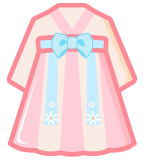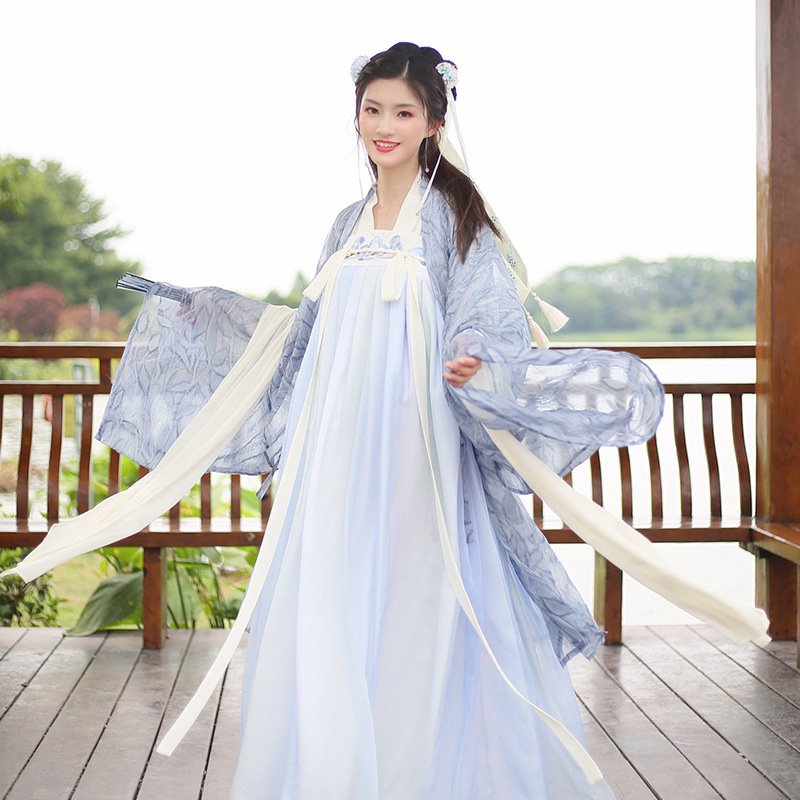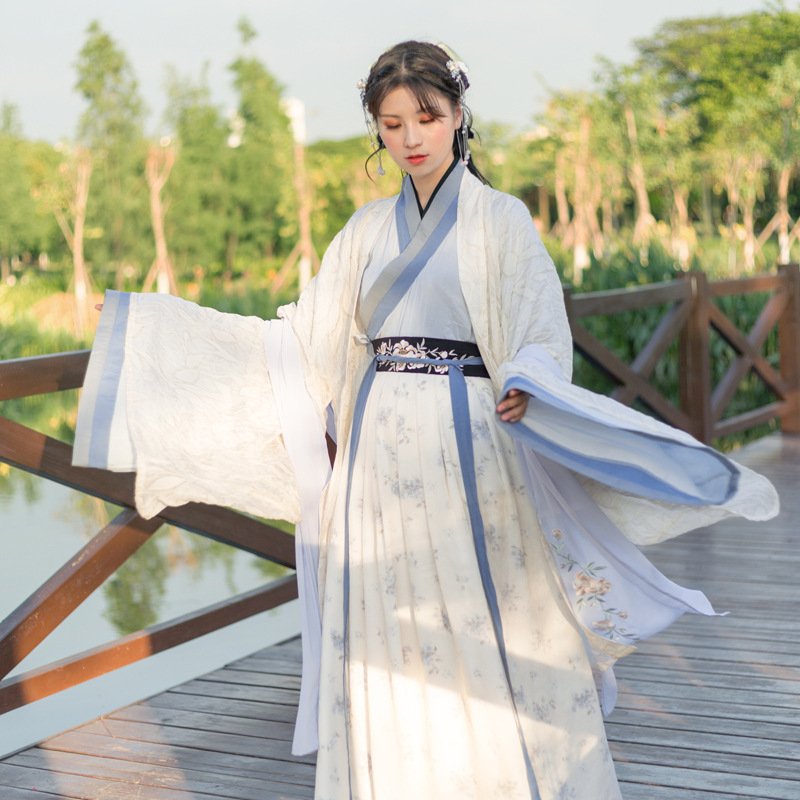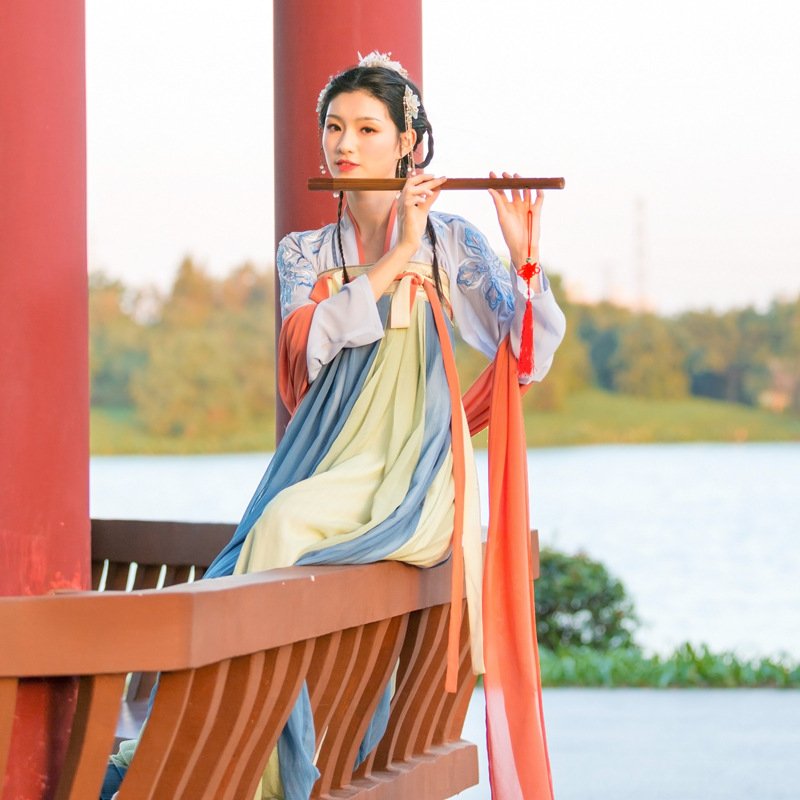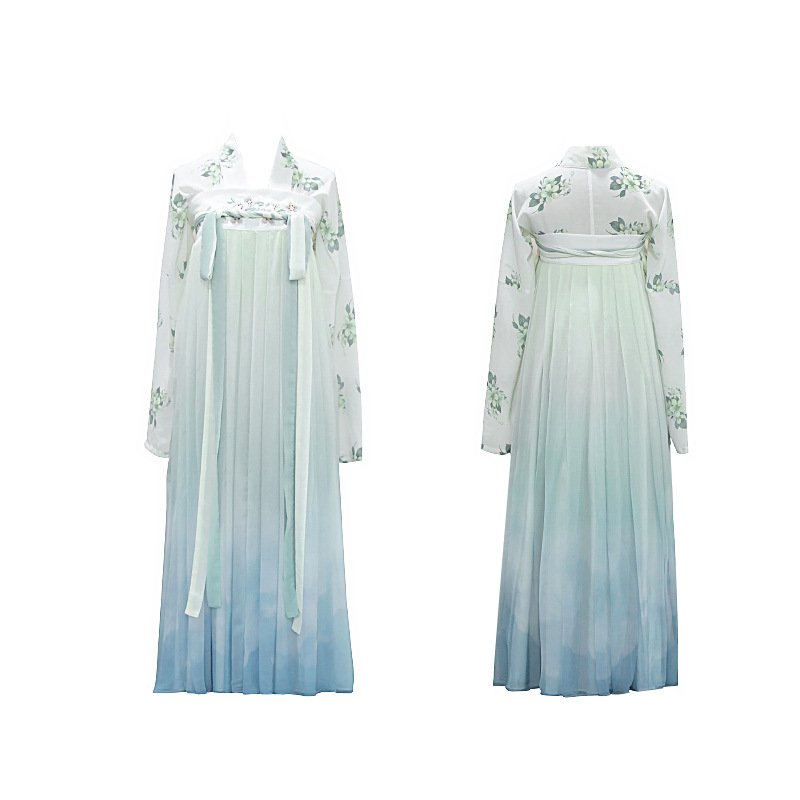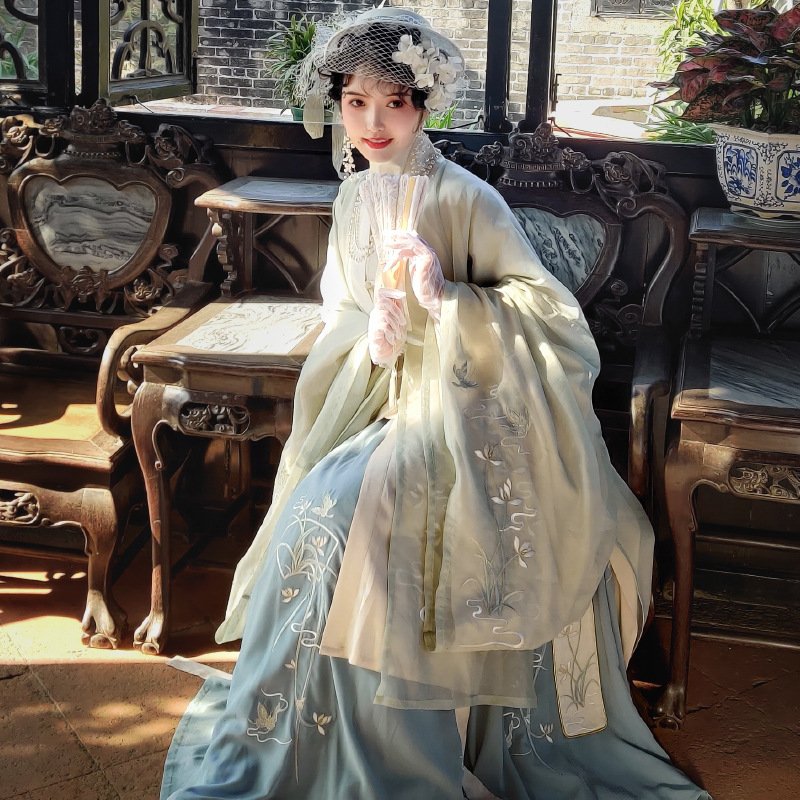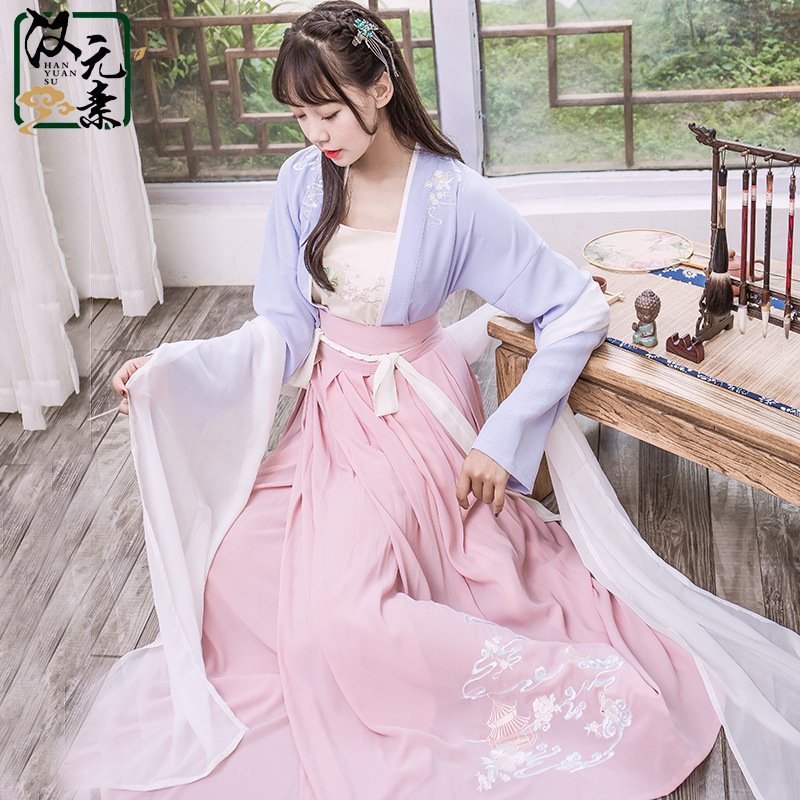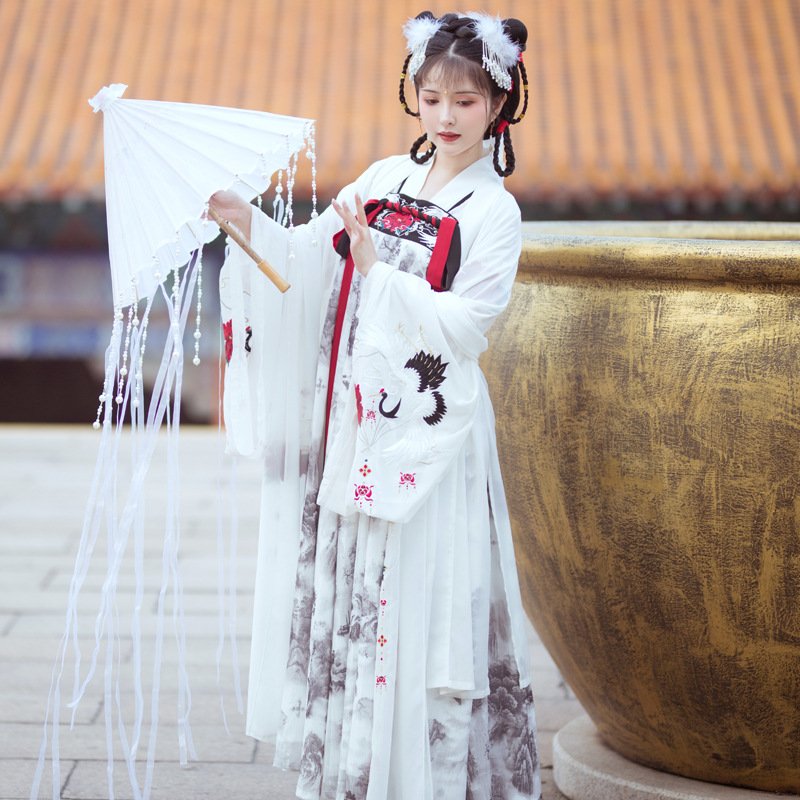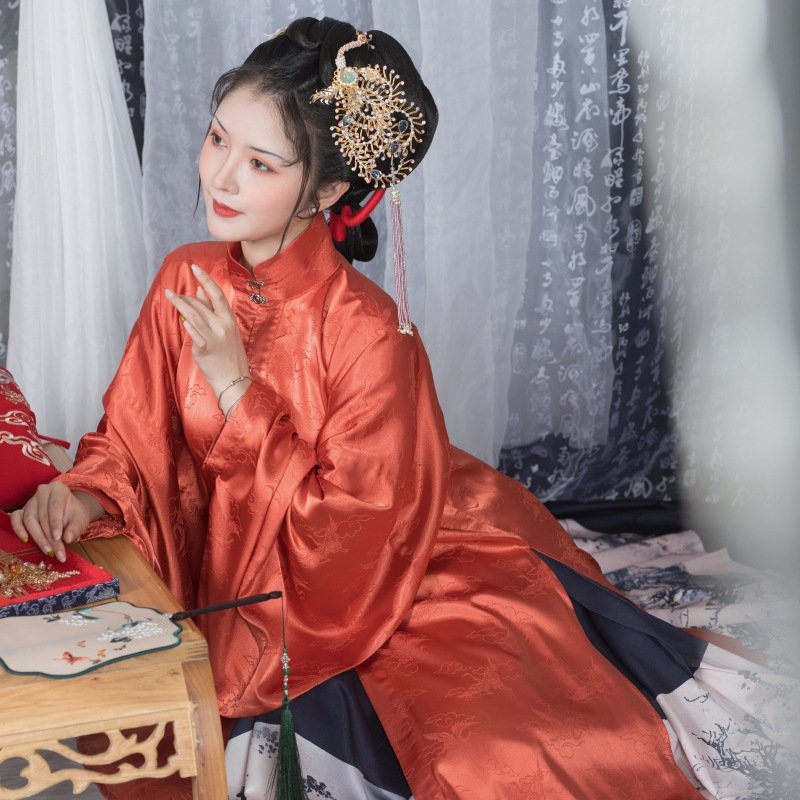Fairy Hanfu
In recent years, the revival of traditional Chinese clothing, known as Hanfu, has captured the hearts of young enthusiasts seeking to embrace the grandeur of ancient Chinese culture. Among the myriad of Hanfu styles available, one particularly enchanting variation has emerged: Fairy Hanfu – an exquisite embodiment of ethereal beauty reminiscent of celestial beings. In this article, we will delve into the mesmerizing world of Fairy Hanfu, exploring its origins, distinctive features, and enduring appeal. Origins and Significance: Fairy Hanfu finds its roots in the elegant attire worn by mythical beings from Chinese folklore, such as fairies, immortals, and celestial maidens. Inspired by these mythical realms, Hanfu designers have meticulously crafted Fairy Hanfu to celebrate the sublime beauty and grace of these ethereal creatures. Distinctive Elements and Styles: Enduring Appeal: Conclusion: Fairy Hanfu is a captivating and ethereal variation of traditional Hanfu attire, drawing inspiration from mythical realms and celestial creatures. With its flowing silhouettes, harmonious colors, delicate embroidery, and ethereal accessories, Fairy Hanfu serves as a visual spectacle that celebrates beauty, grace, and ancient Chinese traditions. By embracing Fairy Hanfu, enthusiasts breathe life into a rich historical and cultural heritage, embracing the enduring allure of this enchanting attire. The popularity of Fairy Hanfu has been steadily increasing, not only among the Hanfu community but also attracting attention from fashion enthusiasts around the world. Its unique blend of historical elegance and mythical charm has captivated hearts, making it a sought-after style for special occasions, photoshoots, and even cosplay events. One of the most enchanting aspects of Fairy Hanfu is the sense of individuality it allows its wearers. With various design options, individuals can customize their Fairy Hanfu ensemble to reflect their unique taste and personality. Some may prefer a more understated and minimalist approach, while others may opt for intricate and elaborate designs. Ultimately, Fairy Hanfu allows for self-expression and creativity while still staying true to its ethereal roots. The rise of social media platforms, particularly online communities dedicated to Hanfu, has played a significant role in promoting Fairy Hanfu and connecting enthusiasts from all corners of the world. Sharing photos, styling tips, and research on historical accuracy has allowed the community to flourish and further popularize this mesmerizing style. As Fairy Hanfu continues to gain recognition, many designers have started to incorporate modern elements into these traditional garments, offering a contemporary twist to the ethereal aesthetic. This fusion of old and new blurs the boundaries between traditional and modern fashion, appealing to a broader audience and ensuring that the beauty of Fairy Hanfu remains relevant and accessible to future generations. Beyond its aesthetic appeal, Fairy Hanfu also serves as a vessel for preserving and honoring Chinese culture and history. By embracing and promoting traditional clothing, enthusiasts contribute to the revitalization of ancient crafts, ensuring that these traditional skills and techniques are preserved for generations to come. This cultural appreciation fosters a deeper understanding and respect for China’s rich heritage. In conclusion, Fairy Hanfu stands as a breathtaking homage to mythical realms and celestial beings, encapsulating the essence of ethereal beauty. Its flowing silhouettes, delicate embroidery, harmonious colors, and enchanting accessories create a visual spectacle that transcends time. By embracing Fairy Hanfu, enthusiasts not only immerse themselves in the grace and elegance of ancient China but also play a vital role in cultural preservation. As this captivating style continues to evolve and enchant, it will forever remain a symbol of timeless beauty and the enduring allure of the fairy-like beings that inspired it.
